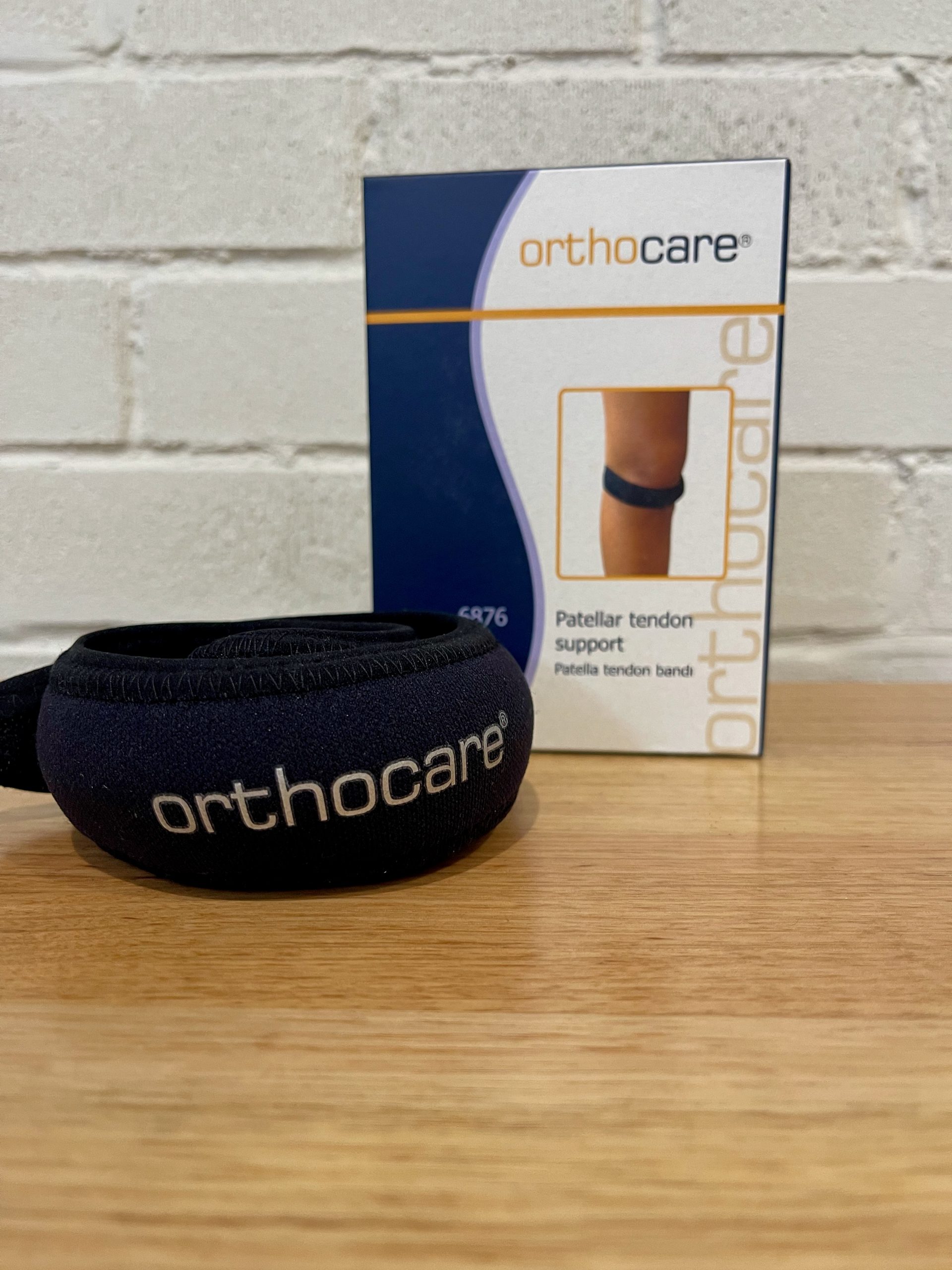So you have been diagnosed with tennis elbow, but you don’t play tennis. This is a very common question! Fact is, you don’t have to play tennis to be told you have tennis elbow. Or golfers elbow for that matter!
Tennis elbow is otherwise called lateral epicondylitis. More recently it has been called lateral epicondylagia because the condition isn’t always inflammatory, as the first name suggests. In other words, pain in the lateral aspect of your elbow, due to the tendons working a little too hard. The pain can start slowly, becoming aggravating with movements that involve turning or lifting the hand, and it can progress to be debilitating to the point that the patient is unable to lift anything without intense pain.
Tennis elbow needs to be diagnosed by a health professional, Osteopath or GP. Your therapist may suggest manual therapy, exercises, wearing a brace, resting or a combination of all. It will get better, but for the tendon to adequately heal it may take anywhere between 6 weeks to 4 months or more.
In my experience tennis elbow responds best to manual therapy in the initial stages, and then building strength within the tendon so that it can fully recover. I also recommend wearing a brace when doing aggravating activities if you cannot avoid these activities. For example, and office worker who needs to type for their job, or a patient who gets aggravated while lifting weights, who doesn’t want to stop going to the gym. In these cases the brace can take the load off the tendon and the healing process can continue.
It does take time, but with the right diagnosis, and therefore the right management plan, you should notice a reduction in your symptoms fairly soon after your first appointment. Strength work will need to continue for a short while after you are pain free, but your therapist will be able to guide you into the best course of action for your elbow.
Tennis elbow brace
Out of stock




